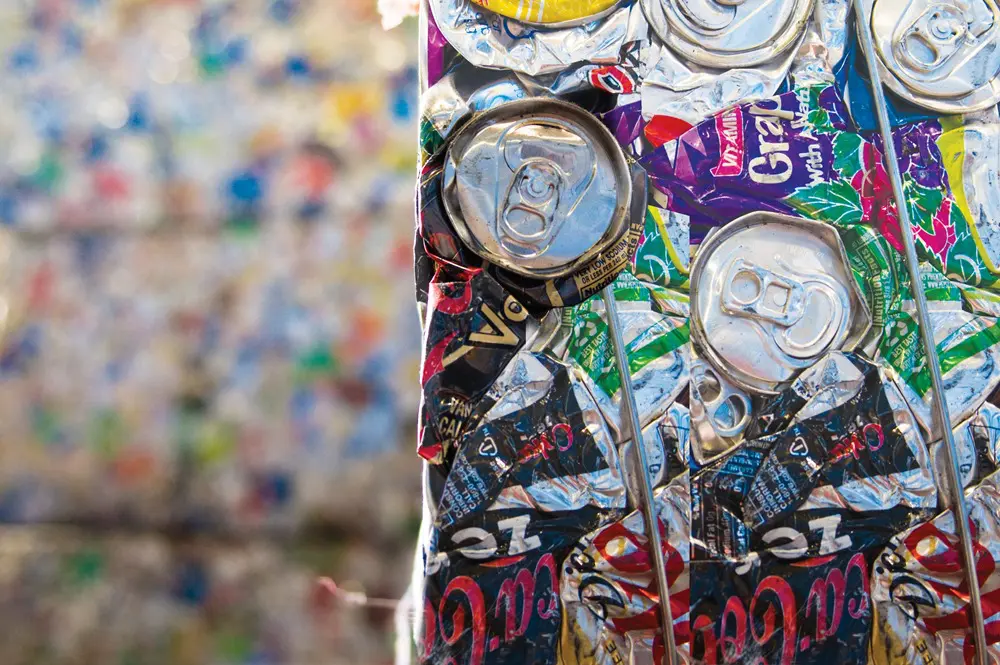Global – Delays have been created in Mexico by an upturn in physical inspections of scrap export containers – reportedly in a bid to curb exports of semi or finished goods misrepresented as scrap and vice versa. Furthermore, the country’s customs authorities have announced new regulations covering scrap metal exports, including a requirement to enrol with an export registry.
The implications of this latest move have yet to be fully understood but the new regulation is regarded by the recycling community as adding ‘to the dozens and dozens of rules and requirements that overburden the formal scrap metal industry in Mexico’, with every new rule entailing additional costs and exposure for operations ‘that are already coping with low volumes and low margins’.
Indeed, regulation combined with difficult market conditions and insecurity are blamed for some small and medium-sized operations choosing to close their doors. In Russia, meanwhile, government bodies are said to be eager to control exports of scrap out of not only this country but also from the union countries of Kazakhstan and Belarus.
‘Scrap exports cannot be banned as Russia is a signatory of the World Trade Organization agreement, but all kinds of scrap are included on a special list of raw materials of vital importance to the domestic industry,’ it is explained. ‘That means exports can be banned with immediate effect when the government wants.’
Objections to the export of stainless steel and steel scrap are being raised by the consumers/works in South Africa – a country where scrap business conditions are generally ‘challenging’ and demand ‘sluggish’.
The word ‘challenging’ is also used to describe the metal markets in Australasia where further industry consolidation is anticipated in the short term, not least because of the continued softening of both non-ferrous and ferrous pricing, coupled with exchange rates to most major currencies.
Stimulus spending in China is identified as the cause of a 76% spike in copper scrap imports in March. However, the Shanghai Futures Exchange copper inventory has remained ‘much higher’ than stocks in London Metal Exchange warehouses globally, it is also pointed out.
Markets in South East Asia remain generally short of non-ferrous scrap although demand for imports has weakened slightly. For Japan, strong exports of UBC scrap to South Korea has meant supply of this form of scrap to the domestic market has become even tighter although smelters ‘are able to buy sufficient quantities of other grades of aluminium scrap’.
According to feedback from the Middle East, meanwhile, demand from India – the major buyer of the region’s scrap – has already showed signs of decelerating as the slower business months of the summer approach.
Momentum was generated in the physical scrap metal markets of the USA following the recent sharp increases in ferrous prices which led to improved collection volumes for both ferrous and non-ferrous scrap. Zorba prices experienced ‘a quick jump’, albeit short-lived, owing to increased export interest while tightness in the copper scrap market has not been helped by the rapid return to lower price levels.
Across in Germany too, the recent ferrous market rally rendered scrap collections ‘attractive again’ within the recycling system and also led to a temporary surge in the volumes of non-ferrous scrap becoming available. However, subsequent lower prices have undermined availability once again – ‘especially for the high-value/clean qualities’.
Cash-flow remains ‘a source of pressure’ in the German scrap trade as operators ‘are increasingly accepting discounts to get rapid payment’. From the Benelux Countries, it is suggested that the recent uptick in ferrous unit prices prompted many yards to give preference to moving these – ‘with non-ferrous transactions apparently put on hold for the most part’.
With demand ‘strong’, the UK reports that low scrap volumes remain ‘the underlying issue’ despite ‘a glimmer of improvement’ in April.
This article is based on the latest Non-Ferrous Metals World Mirror produced by the BIR world recycling organisation for the benefit of its members.
Don't hesitate to contact us to share your input and ideas. Subscribe to the magazine or (free) newsletter.



